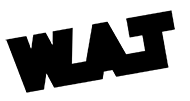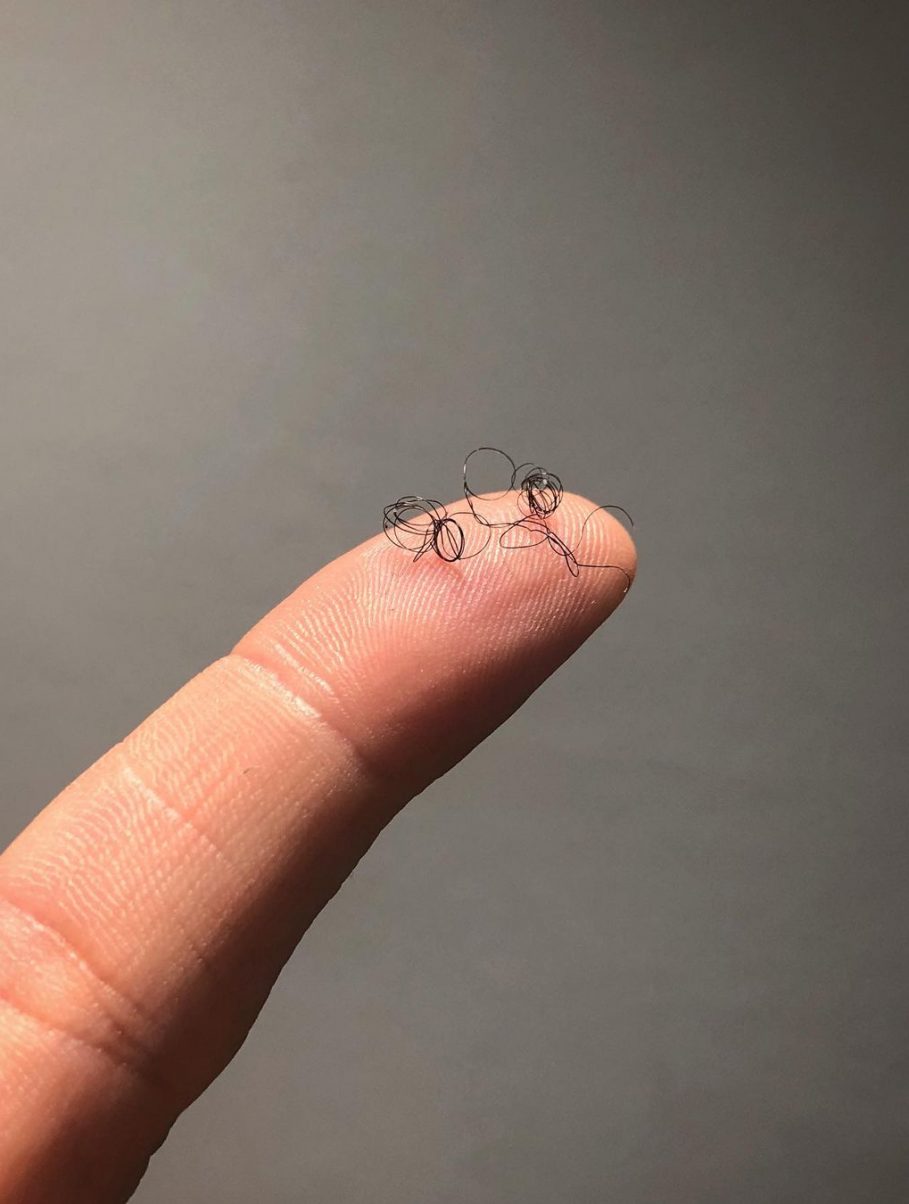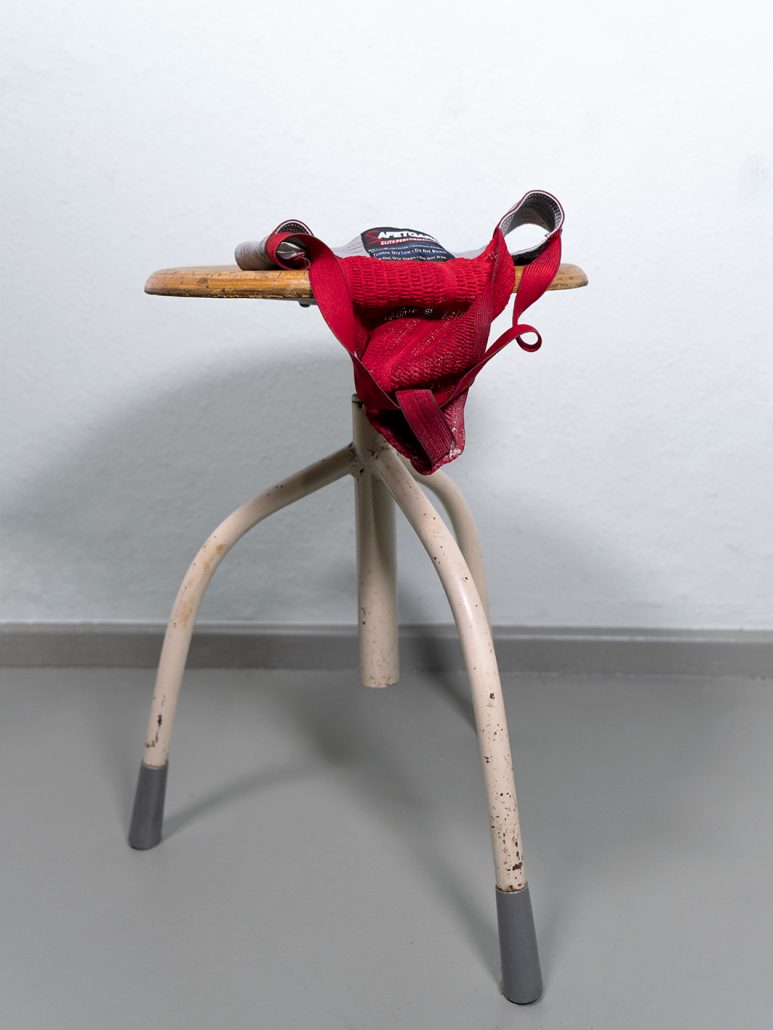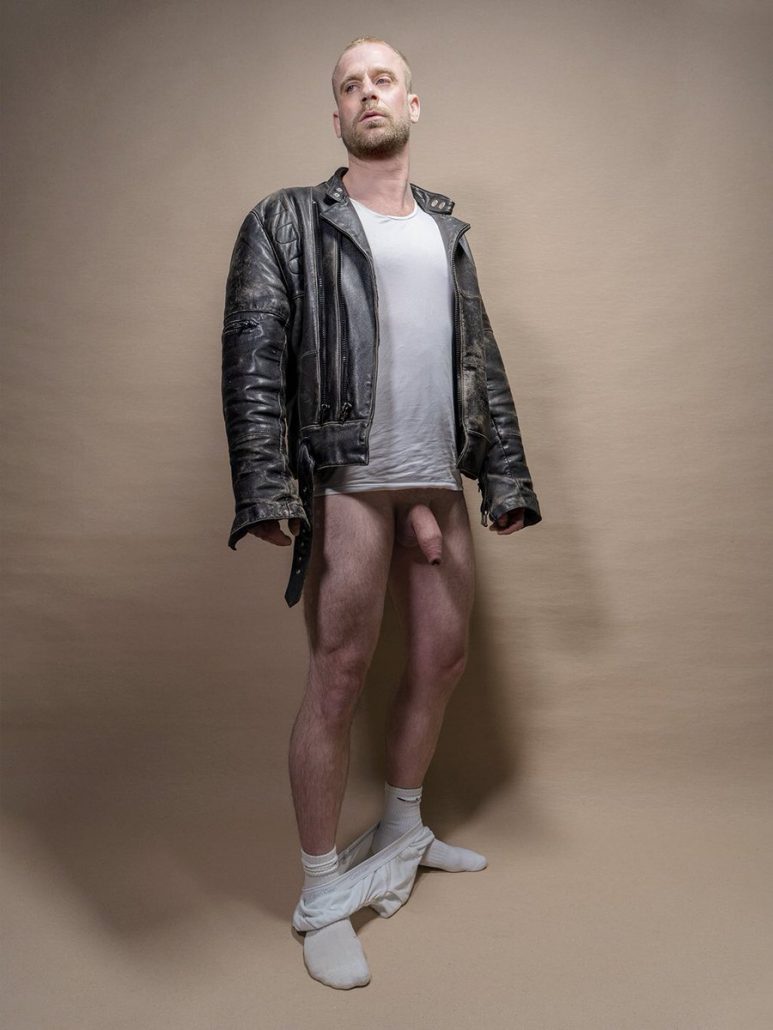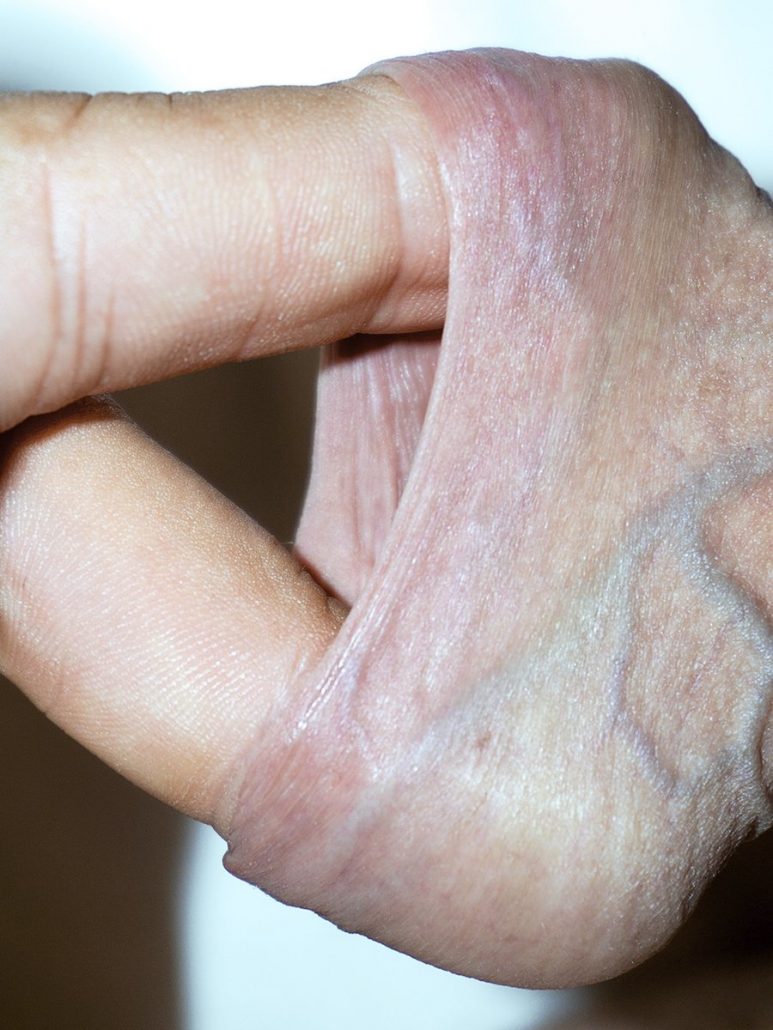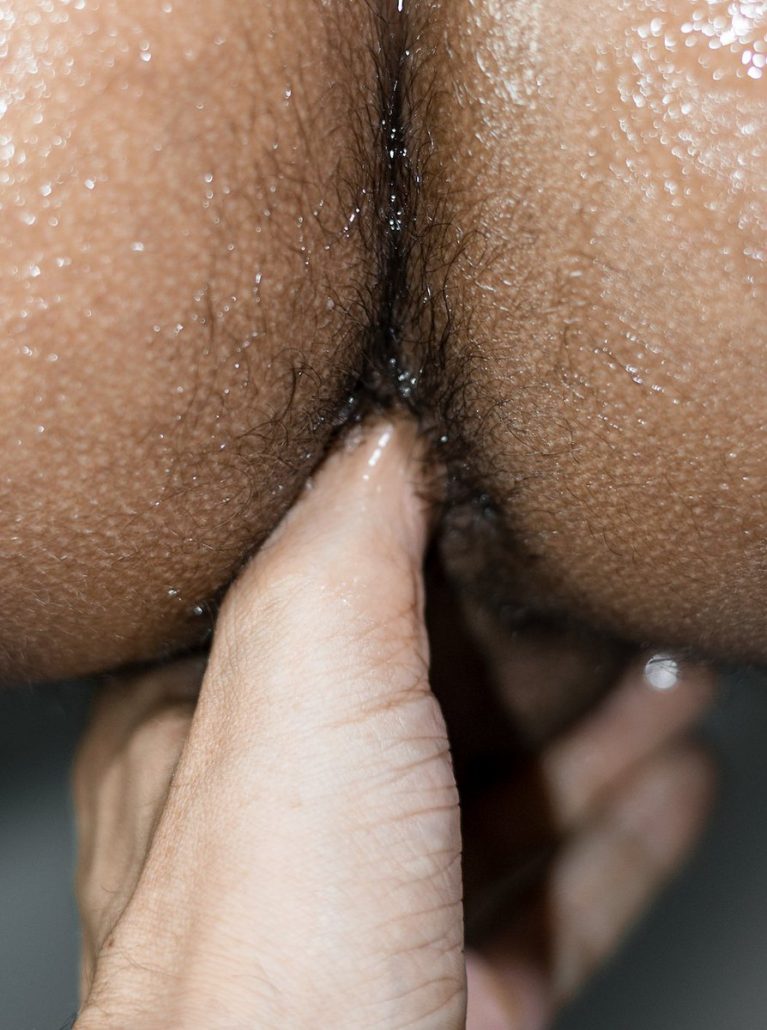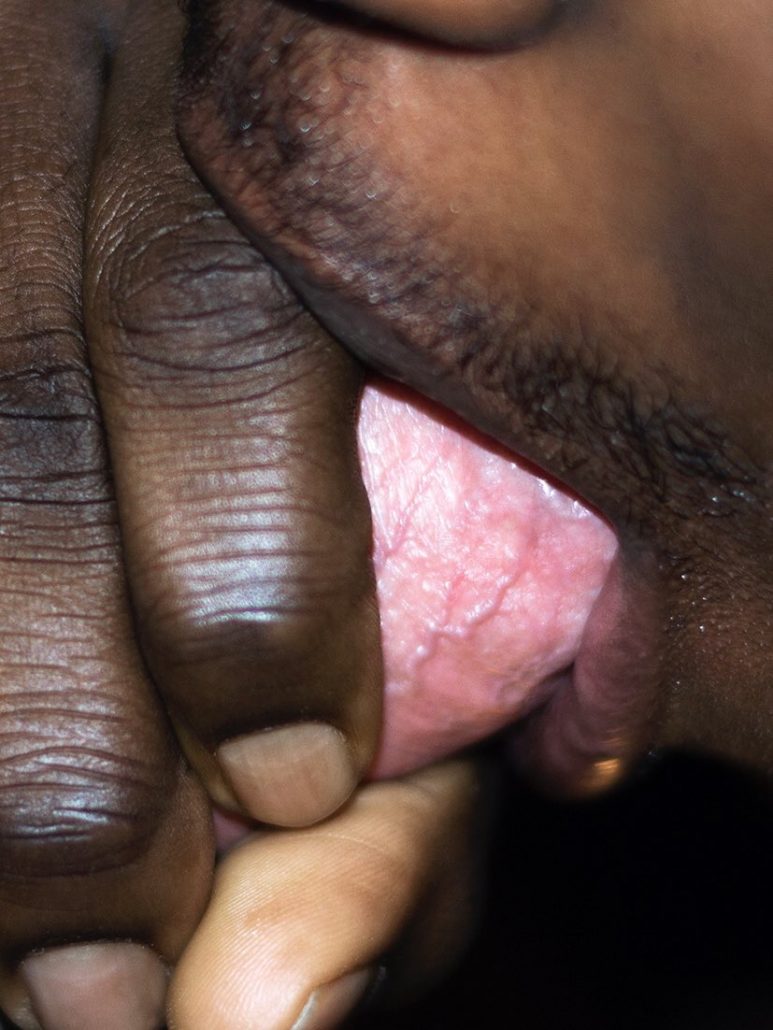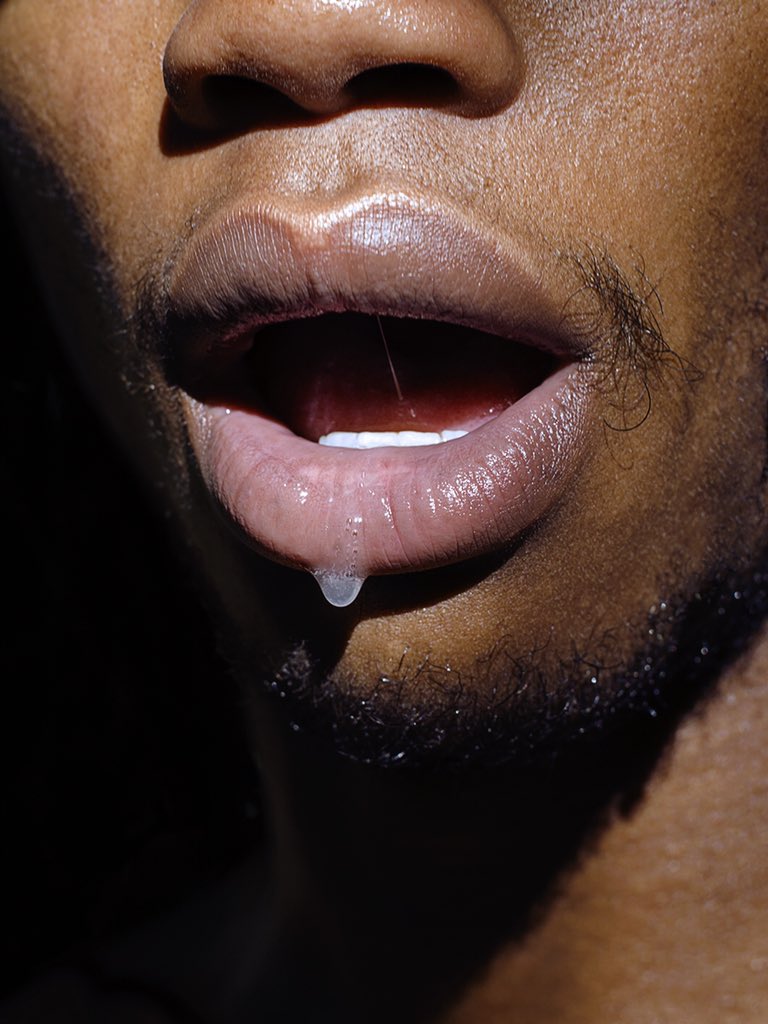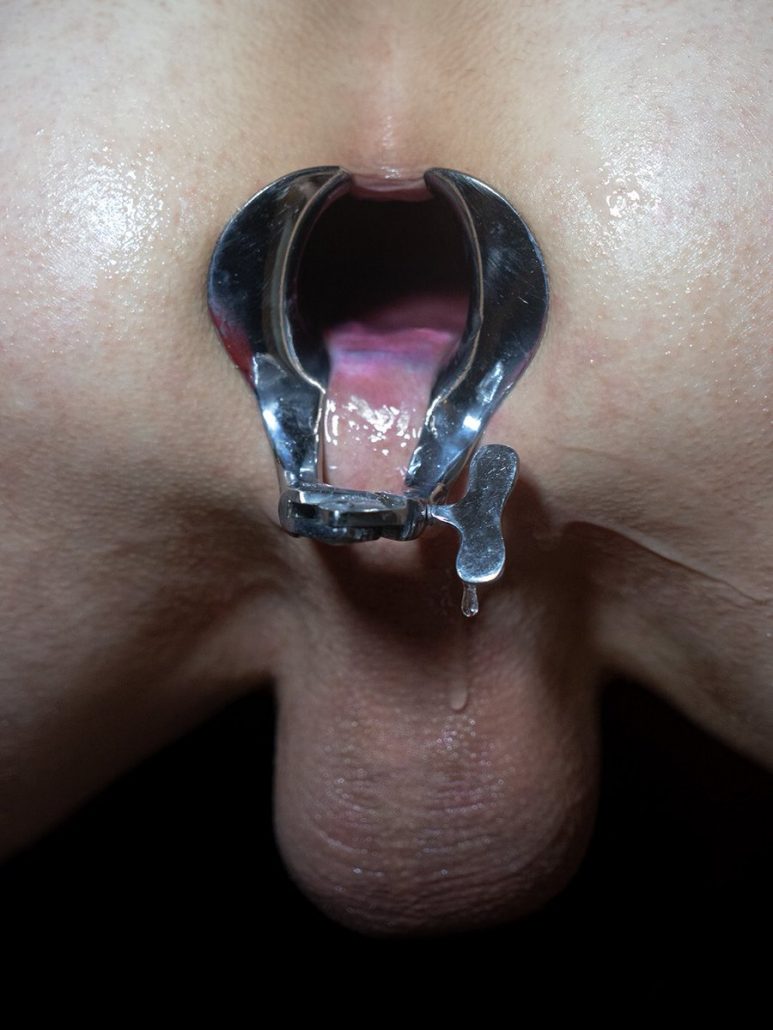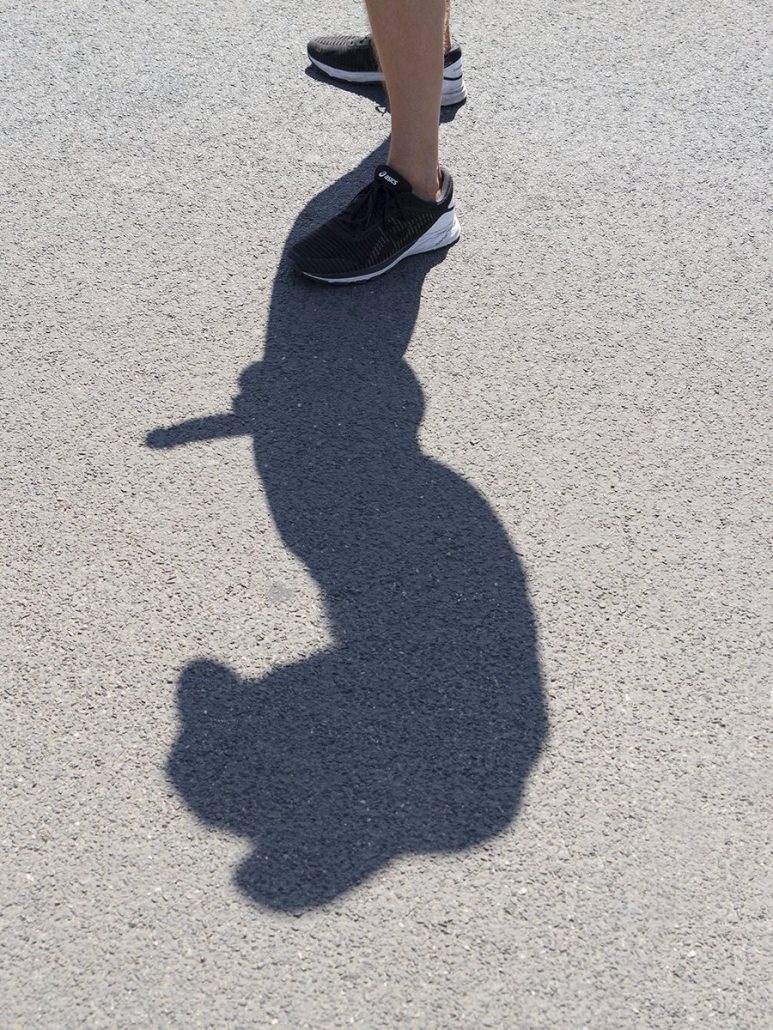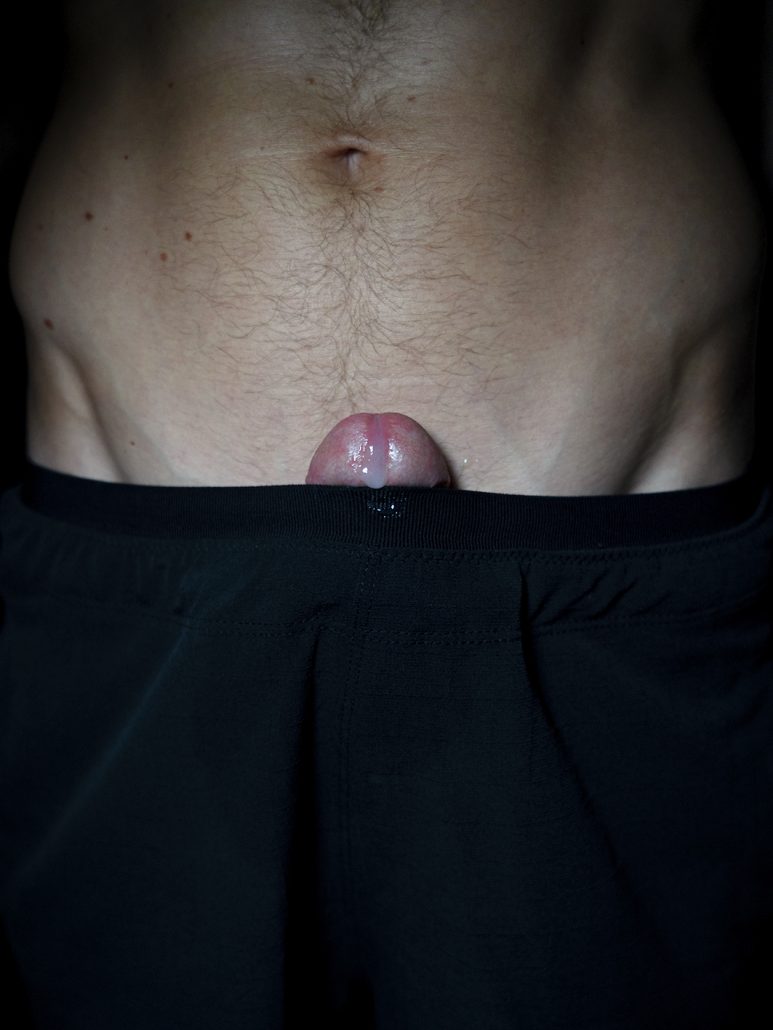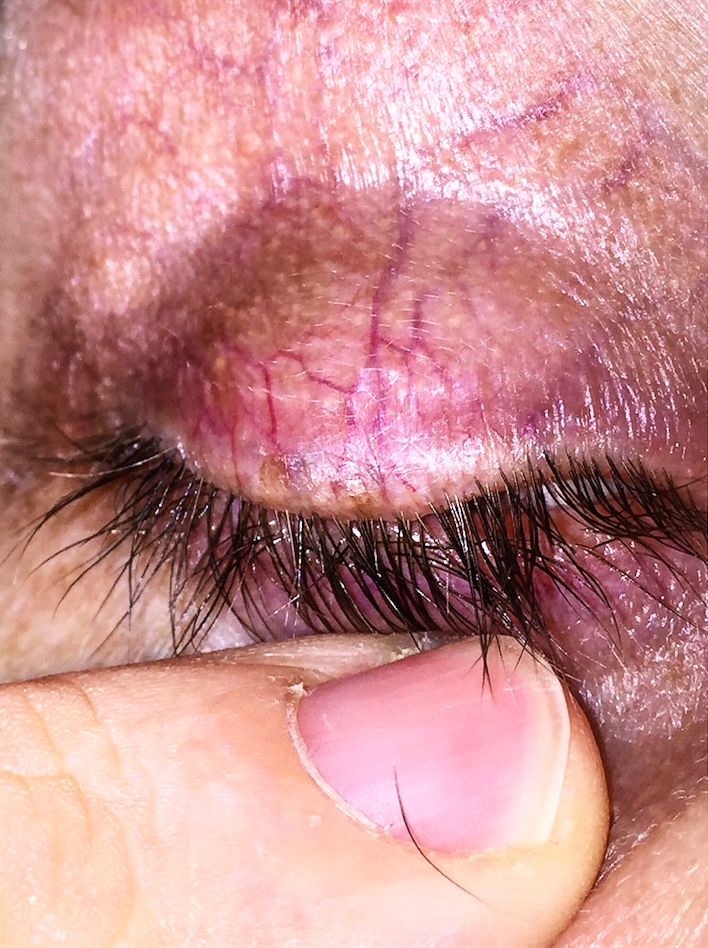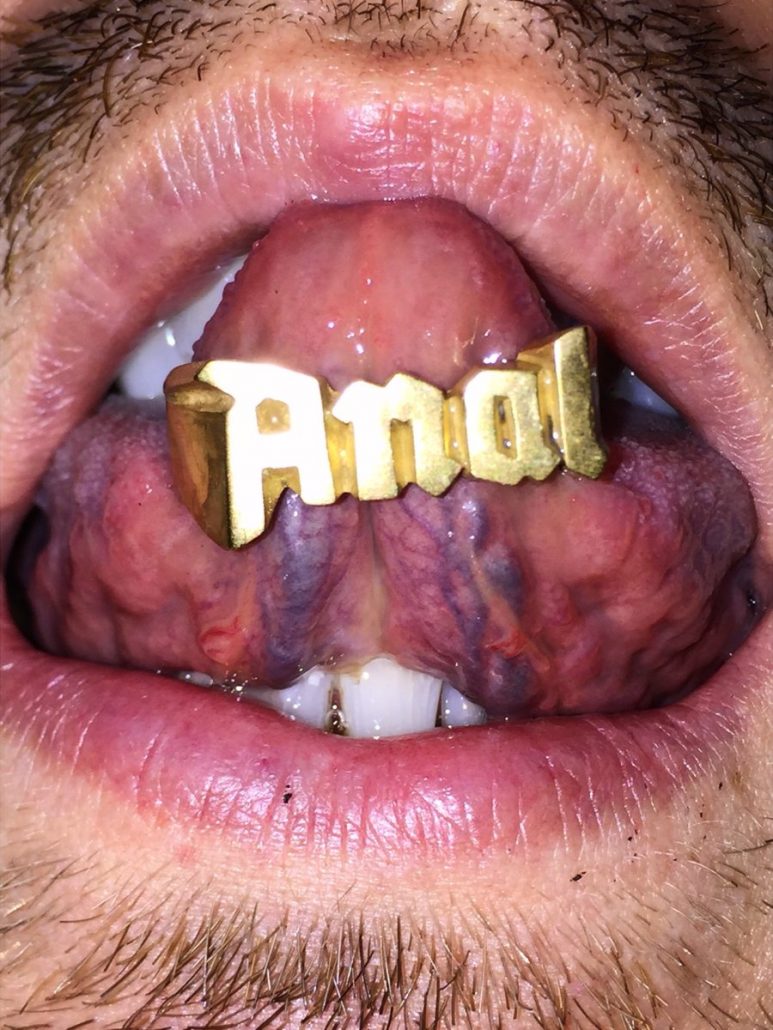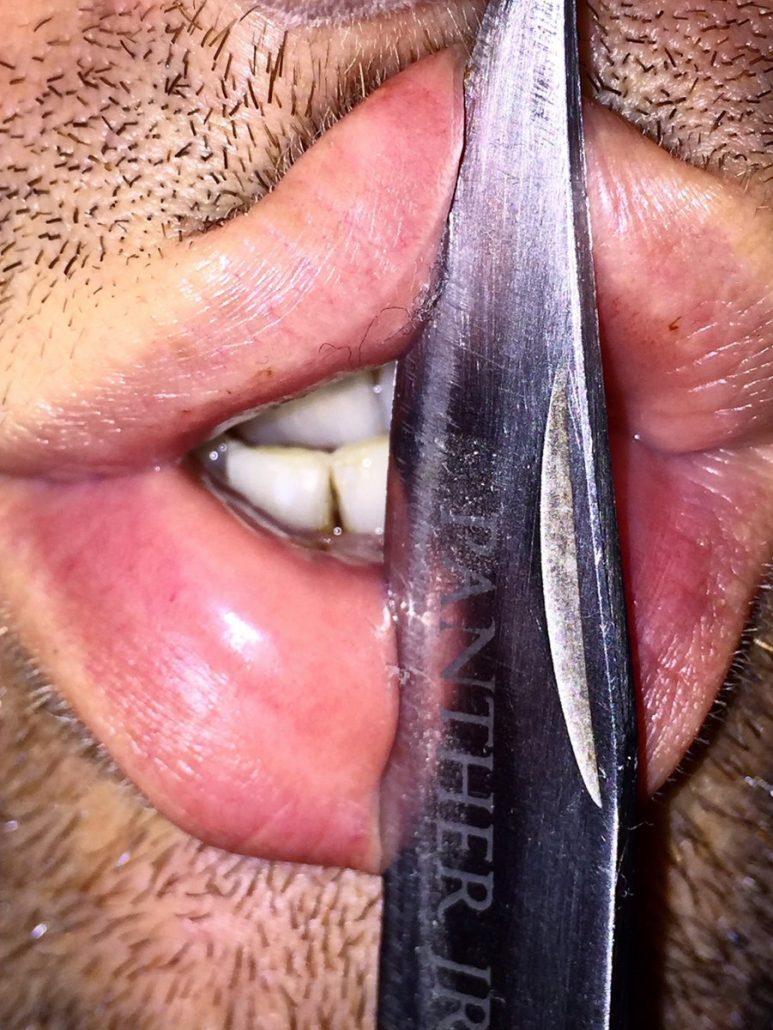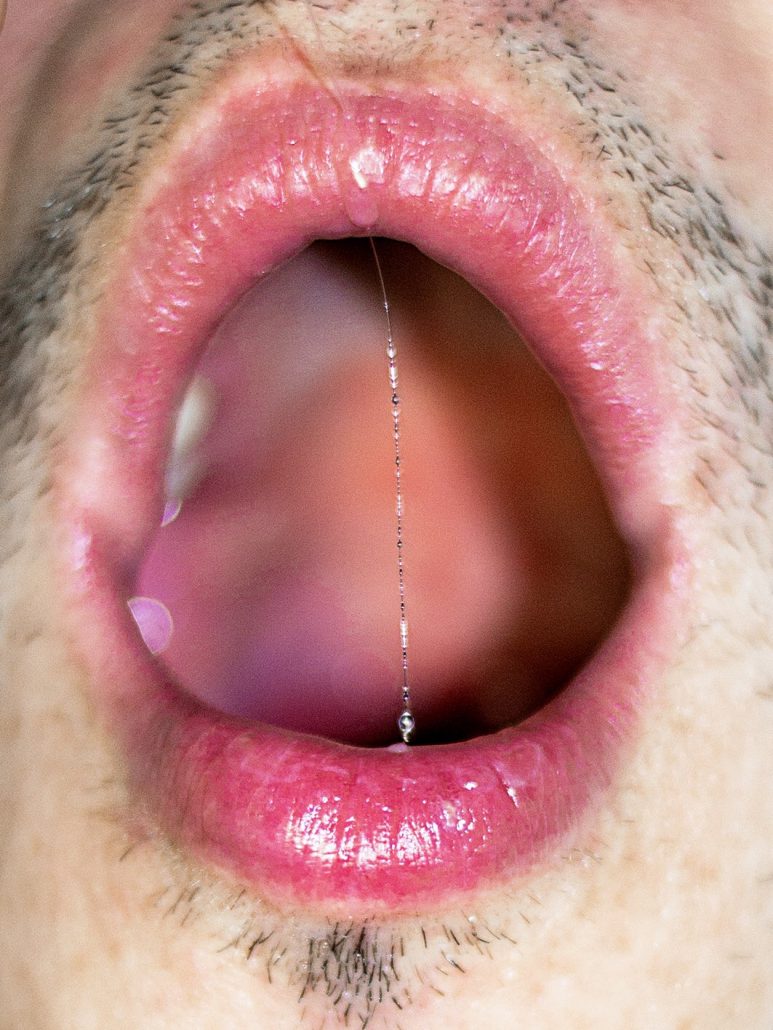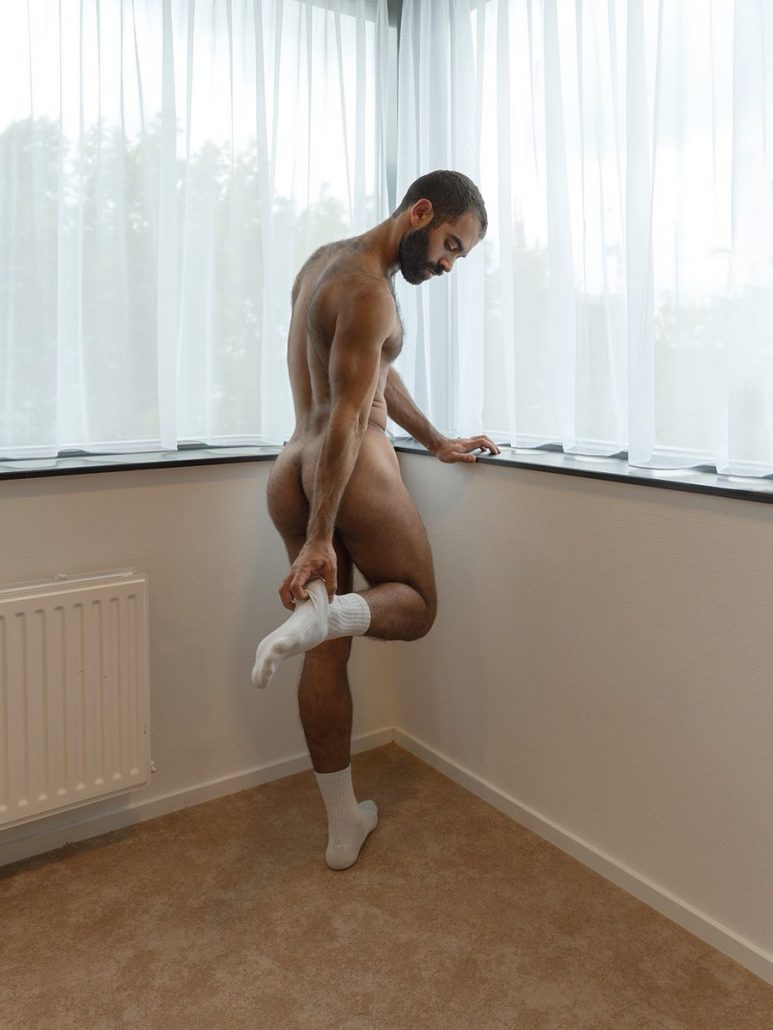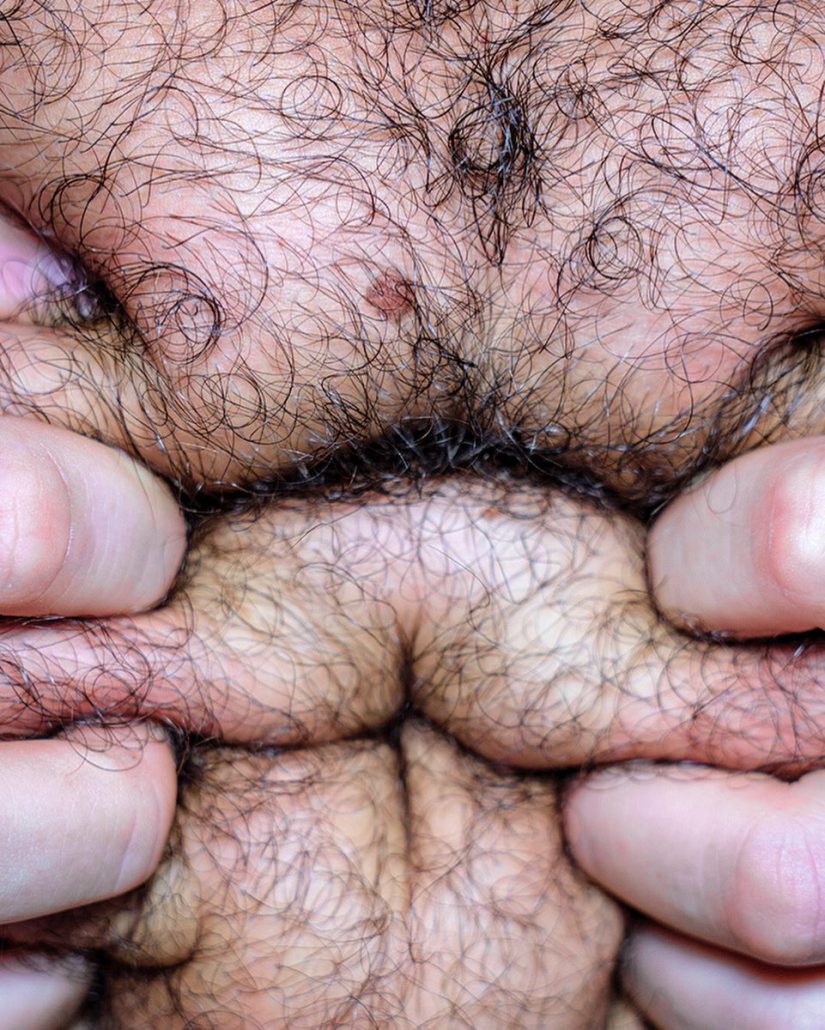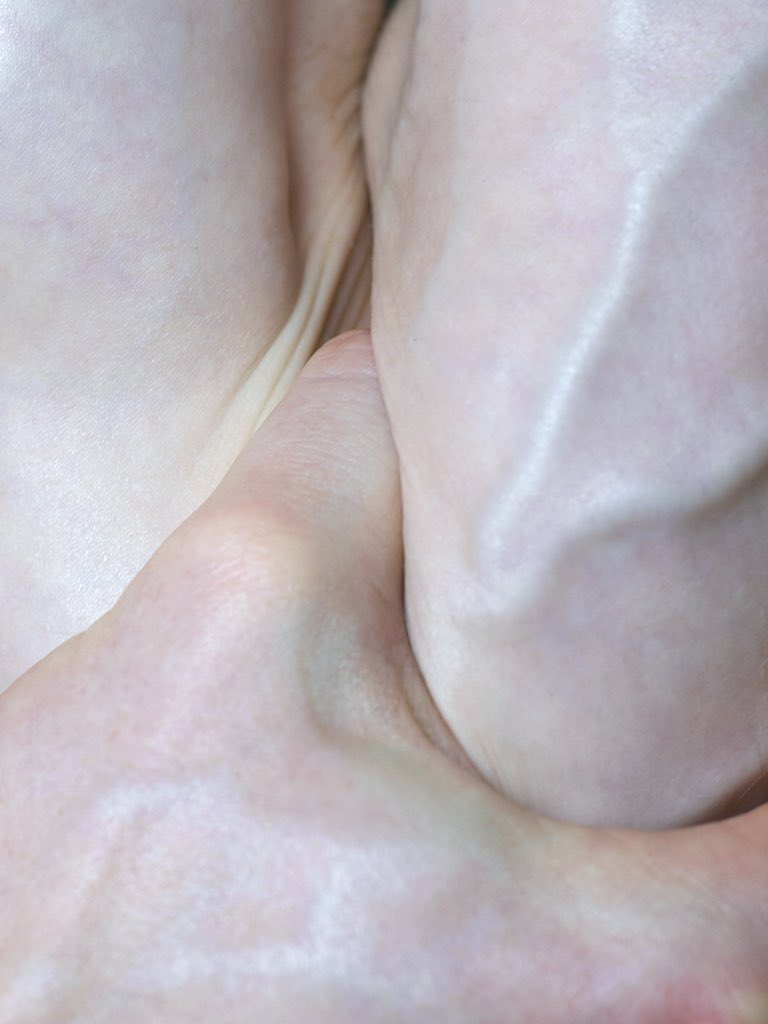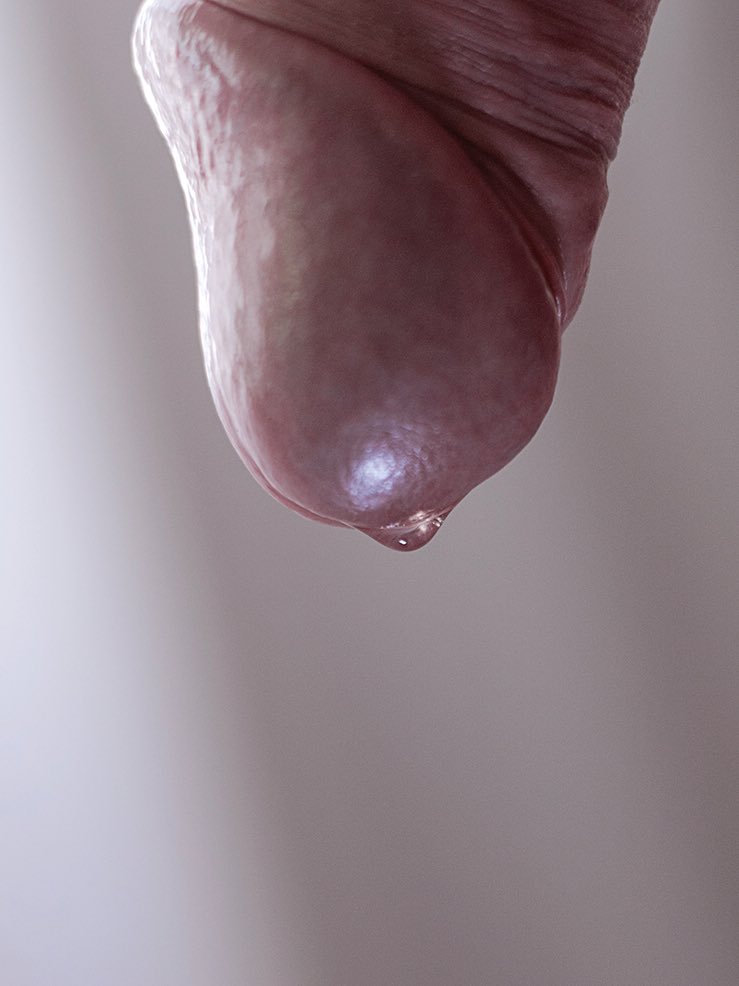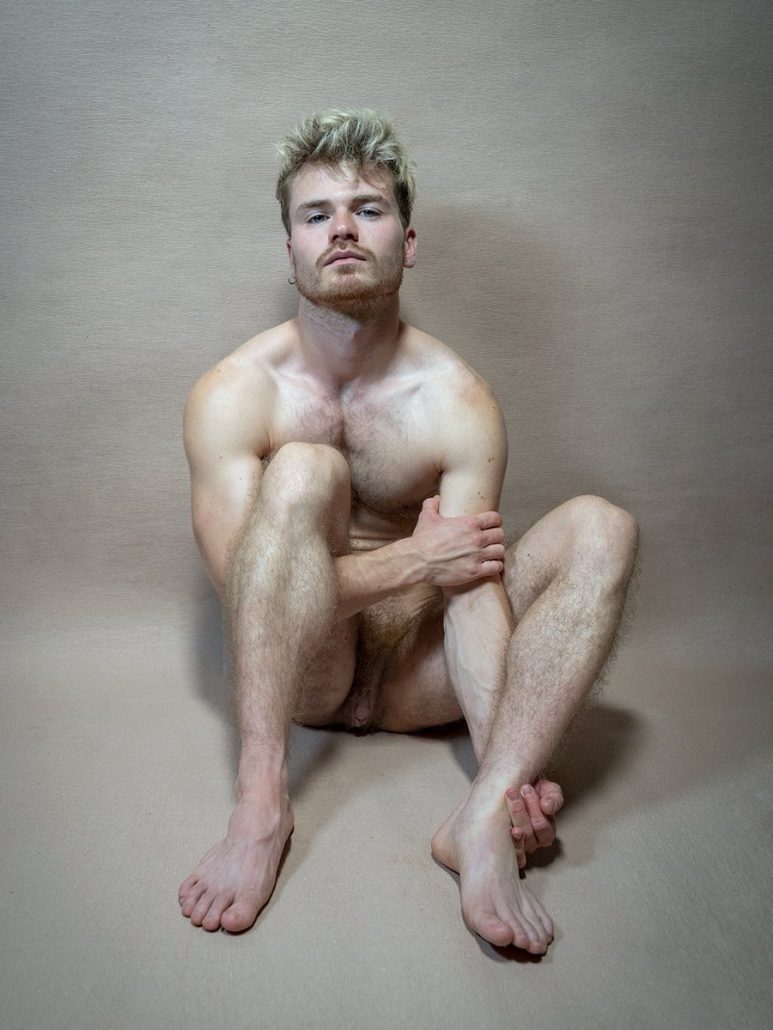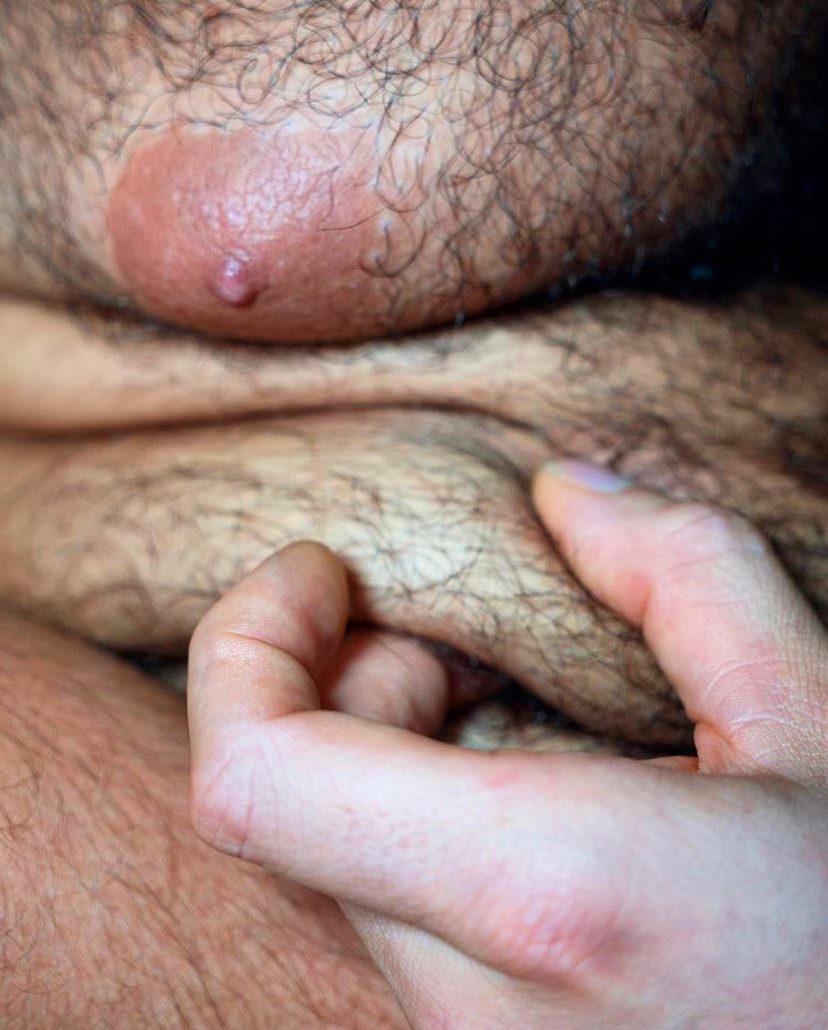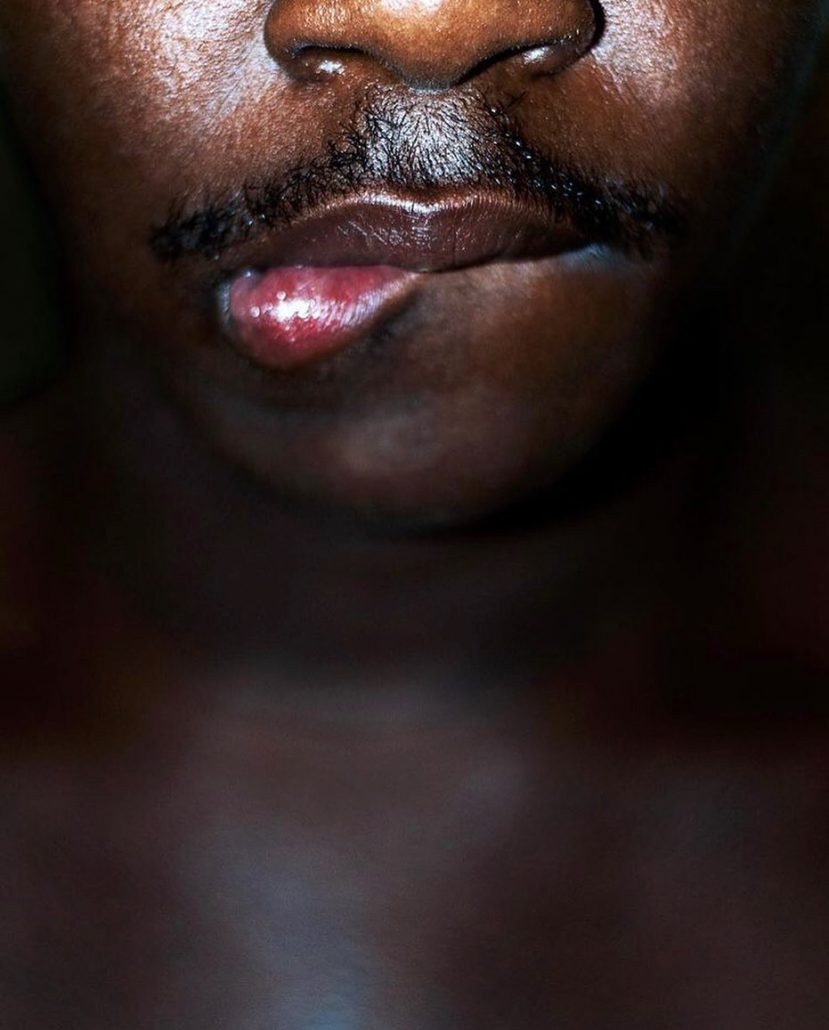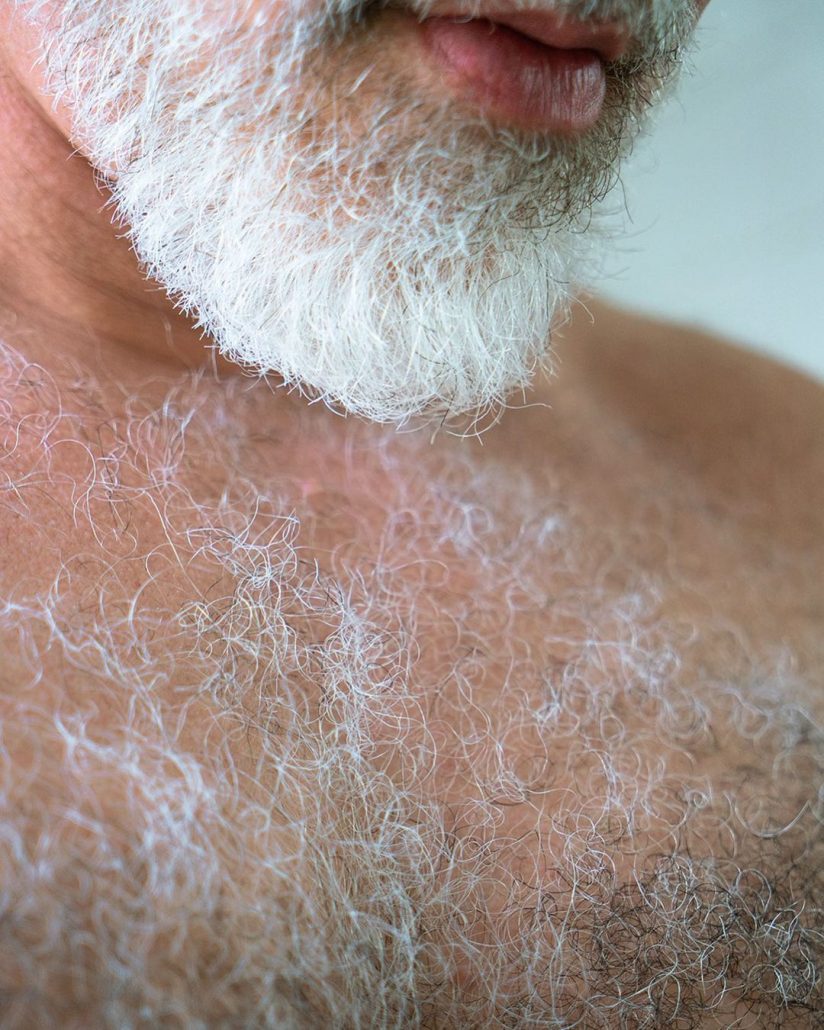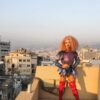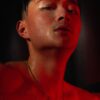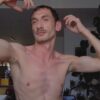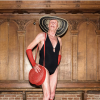I try to take the emotion away, the judgment, all these layers, and just present what is there.”
Words by Caspar Pisters, all photos by Florian Hetz
////// part 2 of 2 //////
Selecting and editing the pictures he shoots during Summer is what Florian Hetz does in Winter. He manages eight to nine in a day, which may not sound much but is, he says.
The Berlin photographer – we’re friends btw, see part one – has a file with over five thousand ready-to-publish images. What you see out there is only a fragment, the guy is nowhere near done with us.
Some 260K followers keep up with the prolific output of Florian on social media. They divided themselves over three accounts. Two on Instagram: one for his main works, the other with more personal photos.
The disreputable stuff goes on Twitter.
“It is the reason why I started to use Twitter again”, he says. “The only place where I can park the super highly sexual things. I don’t shoot it that much anymore but it is still there, this way I can give people access to those pictures. A lot of my followers on Instagram have never even seen that side.”
(text continues)
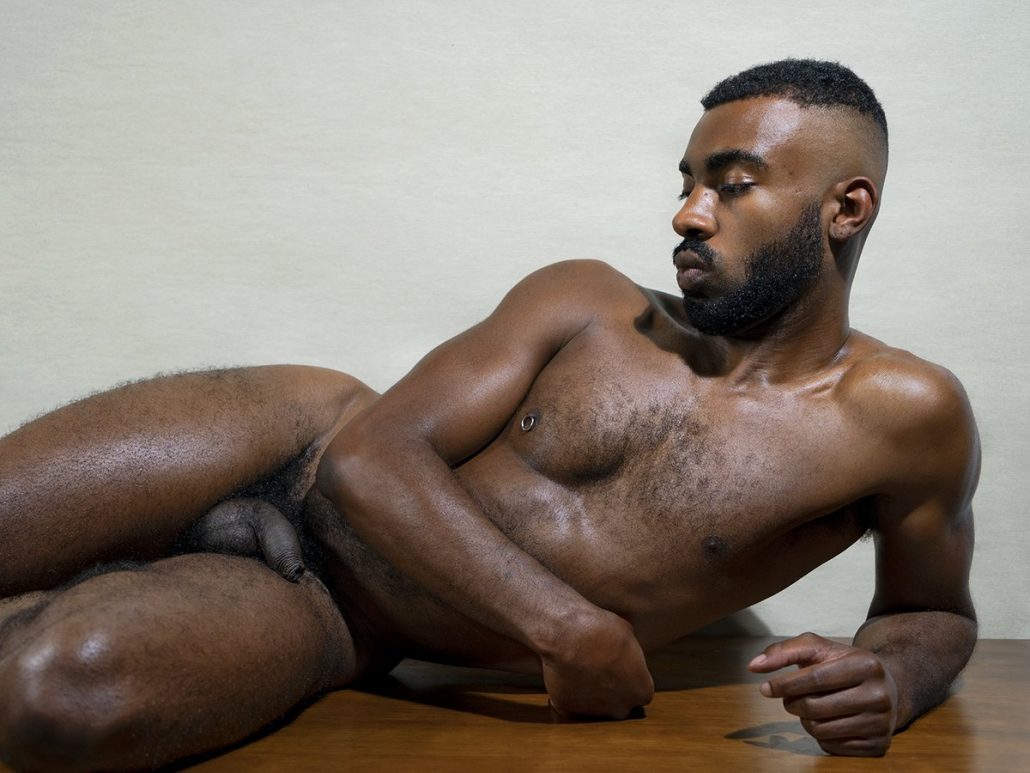
Florian’s confident signature felt established from the get-go, about six years back. His sovereign approach to the naked male body and gay sexuality was always an intrinsic part of that. The self-taught photographer applies an almost clinical eye to the shapes and movement he provokes in front of his lens.
“Two fists in an asshole can look sleazy, but light it in the right way, find the proper angle, and it can be beautiful”, he says. “These things, I see nothing wrong with it. I’m not so much coming from getting turned on, I’m driven by curiosity. What happens to the red of the inside of an ass when you bring light in there? It can be super fascinating.”
The super highly sexual things, a lot of my followers on Instagram have never even seen that side.”
German photographer Andreas Fux inspired him, says Florian.
“He took the act of sex out of its usual context, into a sterile white room, without any comment on what was happening. I met Andreas when I moved to Berlin 21 years ago and it did something to my thinking. Body fluids, cum, precum, orifices, and all these things our bodies can do. I like to take the emotion away, the judgment, all these layers, and just present what is really there.”
He doesn’t think his photography is about truth, he adds: “Nor to document. It’s the way I see things, sometimes the way I want to see things. My personal truth. The camera ables me to translate that into something someone else can see.”
He used studio light for that when he started out, which he recently abandoned for natural light, after spending time in LA regularly.
“A separation happened. My work in Berlin is cold light, studio. Way more analytical I would say, kind of clean. And then LA… I went outside. There is this abundance of beautiful light, it would have been weird not to use that.”
Depending on how I put light on someone’s veins I can bring out or mute their colors.”
Since, when in Berlin, Florian finds himself depending on Summer’s mercy. All up to May 1st he can tell you at any day how many more days to go until that date arrives, he’s literally counting them.
It is roughly when sunlight is expected to give Berlin back its contrast, the grey skies lifted. Light now is so diffuse that you have no shadow, Florian says.
“Stepping away from studio light, using daylight and how to master that, is a completely new challenge for me. I can move a person to an extent, but I cannot move the sun. I have to find a way to still get the effect I have in my head. With a studio light, I’m interested in something, I see something, I sculpt. Depending on how I put light on someone’s veins I can bring the colors out that are underlying the skin, or I can mute them.”
(text continues)
No need to send him any dick pics, Florian states on his Instagram profile. That is not what he is after, and a sixpack is no requirement for his models, he says. Generally, every person has something that interests him.
“It has to do with my way of looking at someone. I don’t work with professional models, most are regular people, some performers, some dancers. I don’t have a type. Sometimes people say, wow, I never saw myself like this. I think it’s nice when that happens.”
When I ask you: think of how you look like? The image that pops up has not much to do with reality.”
I actually had that reaction exactly with a portrait you made of me.
“I think it’s nice when that happens. That is what you look like though. I didn’t do any tricks and think: I made him look so much better. In a mirror, you look at yourself in a completely different way. We all have an idea of what we should look like, we have an idea of what we do look like. And then there is a layer of how other people see us, which we cannot influence, nor imagine. All of that comes together in a portrait. How I see you, is not necessarily what you think you look like and how you want to be seen. When I ask you right now: think about how you look like? The image that pops up quite often has nothing to do with reality.”
The other day someone on Grindr asked me for a pic of me smiling, with teeth – he had a thing for teeth. The demands one receives on Grindr: I started browsing and realized I only have one picture like that. For a while, I presented quite a precise angle that I seemed satisfied with.
“Yes, we are trained now. We have these one or two angles that we think are our strongest: this is how I want to be seen. People produce themselves, and that’s okay I suppose. But sometimes you meet someone in real life and you are in shock, the person looks completely different.”
You mentioned your photography is getting less sexual. Why is that?
“Because I’m getting bored of it? Sex is a part of my life, but the last few years my interest in it went down. I’m more calm. It doesn’t have the same excitement anymore, which has to do with dating apps. They are just not my thing. My means of hooking up doesn’t happen that much anymore. You meet someone in the supermarket at the soy yogurt section, you lock eyes, pay, and go home together. These are the exciting stories for me, that is my sexuality. I like that element of not being sure of what is going to happen.”
(text continues)
Is shock a reaction that is common to your work?
“Not to my face at least, but it might be, yes. I assume, people who subscribe to my visual world – to what I find normal – some of it might be challenging. But I’m never thinking: how can I provoke or shock someone? Even if I take a picture of someone bleeding, I look for the beauty in it. I’m not interested in ugliness or horror.”
I’m never thinking: how can I provoke or shock someone? I look for the beauty in something.”
Then: “I’m not sure if I would shoot something that for me is really shocking. It’s fascinating to me to see a dead animal. It can be so beautiful. Rib cages, bones, that sort of thing. As a kid, when we went fishing, the most exciting thing to me was opening the dead fish, taking out the organs, clean it. The beauty of those insides, the colors, it was so interesting. I was not thinking about death, I was amazed by the esthetic.”
I would sometimes sneak out to this farm to pet a pony they had. Once a pig was hanging there, cut open to let the blood and organs out. I ran.
“I was fascinated by that stuff.” He laughs: “I’m not sure if it is a sign of being a pedigree psychopath, but I always had cats as a child, and they would bring dead mice, birds. I would quite often open them, chop off the head, boil it, take away the brain, the eyes.”
No, no, that’s not psychopath at all.
“I would have never killed the animal, it was dead already.”
(text continues)
But boil them?
“To get the meat out. Either you burry it, so it composes away, or you boil it, and you can get it out more easily. Getting rid of the brain, with a tiny little bird, it’s a very precise job. There is no point for incision. Through the beak is kind of impossible. There is just a little hole, where the spine used to go into the head. My mom, for cleansing her teeth, had a water pick. A little device that creates a tiny beam of high-pressure water. I found that if I used that, I could shoot the brain out. She caught me one day and then threw the thing away. She let me keep the bird.”
I used to look like an alien. The least offensive reaction would be: ‘Oh, she’s a gothic’.”
He adds: “On the other hand I was the person, if the animal was still alive, I would take it away from the cat and try and protect it. But once it was dead, it was dead.”
I’ll make sure to put that in the interview, too.
[Laughs]
I read somewhere that growing up, around age 14, you were very androgynous.
“Super androgynous.”
Which is hard to imagine right now.
“People had no idea what I was. At age 14 I was already 1.93 tall [6.4]. With long black hair and I wore eye makeup. I never put anything on my lips, that line I was not interested in crossing. I never wanted to be a woman, I never wanted to be a man. I was always playing something in between and felt totally fine with that. With my waist belt, platform shoes to make me taller, a lot of fake furs, leather, PVC. I looked like an alien. I was super white, I wore all black. The least offensive reaction would be: ‘Oh, she’s a gothic.’ Most people were like: ‘What the fuck is this?’ Every single day of that time, someone would shout. Grown-ups would group around me. ‘Are you a boy or a girl?’ My answer was always: yes.”
(text continues)
Did they call you faggot?
“That was standard. Again, my arrogance helped me. Their words never really reached me. There was never the point where I was really… I never wanted to kill myself. I knew I was better than them. I would be lonely so much, but there was this perspective of: I’m going to leave and they will stay behind. It was a waiting game. I know that I’m lucky. A lot of kids don’t have that strength. I’m super happy that I did, but I don’t know how to communicate to a young kid to firmly believe in themselves, because I don’t know where I got it from myself.”
Their words never really reached me. I never wanted to kill myself. I knew I was better than them.”
How did your parents handle your sense of fashion?
“I had a rough time with my dad regularly, we knocked heads quite often. I had my point of view. But he also came to my defense. I must have been 9 or 10 when there was this particular suede boot I wanted, I had seen it in a movie. Blue with red, clearly a woman’s shoe. I got it, and all the kids in school were making fun of it. I came home, upset. And I think it was my dad who said: “If you like it, if that is what you want, then stick with it. It doesn’t matter what anyone else thinks.”
Amazing to get that kind of encouragement from an 80’s dad in a tiny Bavaria village, no internet to inform or confirm his progressive point of view.
“Yea, people were mostly not very open-minded. I wasn’t born there, we moved. Which is probably part of why I never really felt I belonged to that community.”
(text continues)
What did you do before you were a photographer?
“I worked in theatre as a costume designer, I was a producer for – mostly – opera and dance productions, and I tried television, working for big Saturday night entertainment tv shows. I loved theatre but tv wasn’t my world. For years I didn’t really know what to do. I worked as a manager at Berghain to sustain myself.”
It was my fear to end up in Berghain as that reluctant 60-something managing 22-year olds.”
Those are very essential, the not-knowing-what-to-do years, don’t you think?
“They are, really important. Doubt yourself, use that time, not necessarily to go into yourself, but just live, discover the world. Getting to know who you are, helps you, later on, to become focused. I can be focused because I’ve done so much stuff that I don’t necessarily feel I’m missing out on anything.”
But you describe the hindsight perspective, you’re fine now. You don’t know that yet when you are actually in the situation, experiencing all the anxiety that comes with it. It sucks.
“One hundred percent. It was my fear to end up in Berghain as that 60-something managing 22-year olds, a reluctant weirdo in a youth-obsessed environment. I did that job for eleven years and I was not able to see my way out of there, I was really frustrated. Photography gave me an out.”
(text continues)
And you sustain yourself with it.
Smiles: “I do.”
It’s good to be aware that you can click into your lane later on in life.
“You can click into your lane at any age. But does society support that? I don’t think so. There is this weird idea that at twenty you have to map out who you want to be, also artistically. Some people have very interesting vision early on already, but many people sort of copy, because they don’t yet know who they are. I can see why it is attractive to market young people, but they aren’t per se artistically at the height of what they wanna do.”
What society thinks, is not your problem. To free yourself of all that, is a long journey.”
Then: “When I started I had no idea what I was doing. It is interesting to see the body of work that I created and accumulated in a relatively short period of time. That comes from a deep desire of learning and developing, never really being happy. Happy yes, but never satisfied. I will probably never arrive at a point where I think: this is where I wanna be. It is easy to limit yourself based on your age, but I don’t think it is necessary. The generation of our parents, they reached this moment where they all turned beige. In their dressing, the comfortable shoes, every body part is covered. When does that happen? At some age, you can’t wear shorts anymore? What society thinks, is not your problem. To free yourself of all that, it is a long journey. Do whatever you are physically capable of.”
Your Florian Hetz guide to the main stuff, his personal stuff, the disreputable stuff. And check out the previous part of this conversation.

This is the first post in:
UNCENSORED. Because people have penises, vaginas, asses. Some even have tits.
///////////////////////////////
